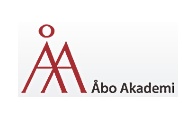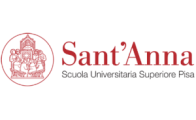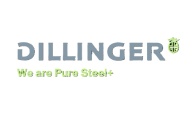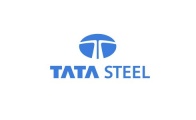AgiFlex - Agent-based models minimizing carbon usage in flexible and efficient future integrated steelworks
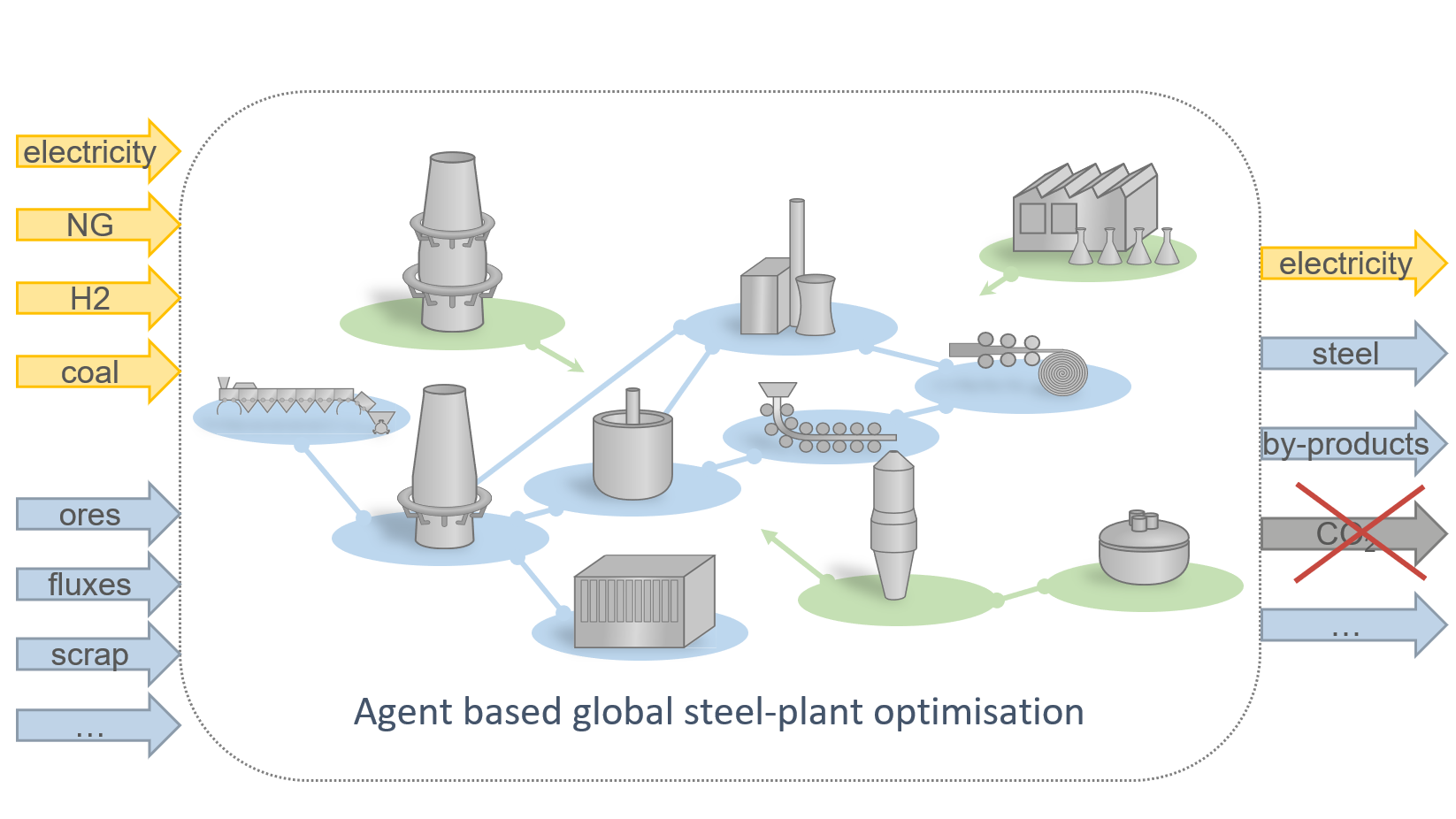
Initial situation:
- Steel production chains need significant changes to reduce CO2 emissions.
- Investments must be planned under uncertain future framework conditions.
- The replacement of fossil energy sources with intermittent renewable energy, particularly Hydrogen (H2) and electricity, will increase energy availability and price fluctuations.
- Injecting H2-rich gases into blast furnaces (BF) and transitioning to direct reduction-electric arc furnaces (DR-EAF) will disrupt site-wide energy supply systems.
- Process integration requires re-optimisation, particularly concerning gas and energy flows.
- Current ICT (Information and Communications Technologies) tools lack of flexibility and optimisation capabilities need to address these challenges.
Project targets:
- Develop a new ICT tool capable of monitoring, controlling and optimising process integration as well as energy and gas flows across the steel production chain.
- Create digital twins of existing and future production processes and integrate them into a holistic optimisation framework.
- Demonstrate the tool as a “digital AgiFlex plant” at two industrial sites at TRL (Technology Readiness Level) 7.
- Verify the tool with existing data and tools to ensure reliability.
- Assess future scenarios regarding renewable energy availability, plant conditions and gas management strategies (injection, utilisation, recycling and export).
- Derive decarbonisation strategies and demand-side response control measures.
Innovative approaches:
- Employ a highly innovative multi-agent approach for production and energy management.
- Develop digital twins for comprehensive process presentation and integrate them into a holistic optimisation system.
- Study future scenarios to evaluate different gas management options while considering process requirements, safety and economic viability.
- Implement a modular and flexible system design to facilitate easy transfer to other steel plants.
Benefits for the industry:
- Reduction of the carbon footprint through optimised process integration and energy flow management.
- Enhanced decision-making for investments and plant transitions due to scenario analysis under future framework conditions.
- Improved site-wide gas supply coordination when transitioning from BF (blast furnace) to DR-EAF (direct reduction-electric arc furnace) processes.
- Increased operational flexibility and resilience against fluctuating energy availability and prices.
- Simplified adaptation and transfer of the modular Information and Communications Technologies (ICT) tool across different steel production sites, supported by extensive dissemination efforts.
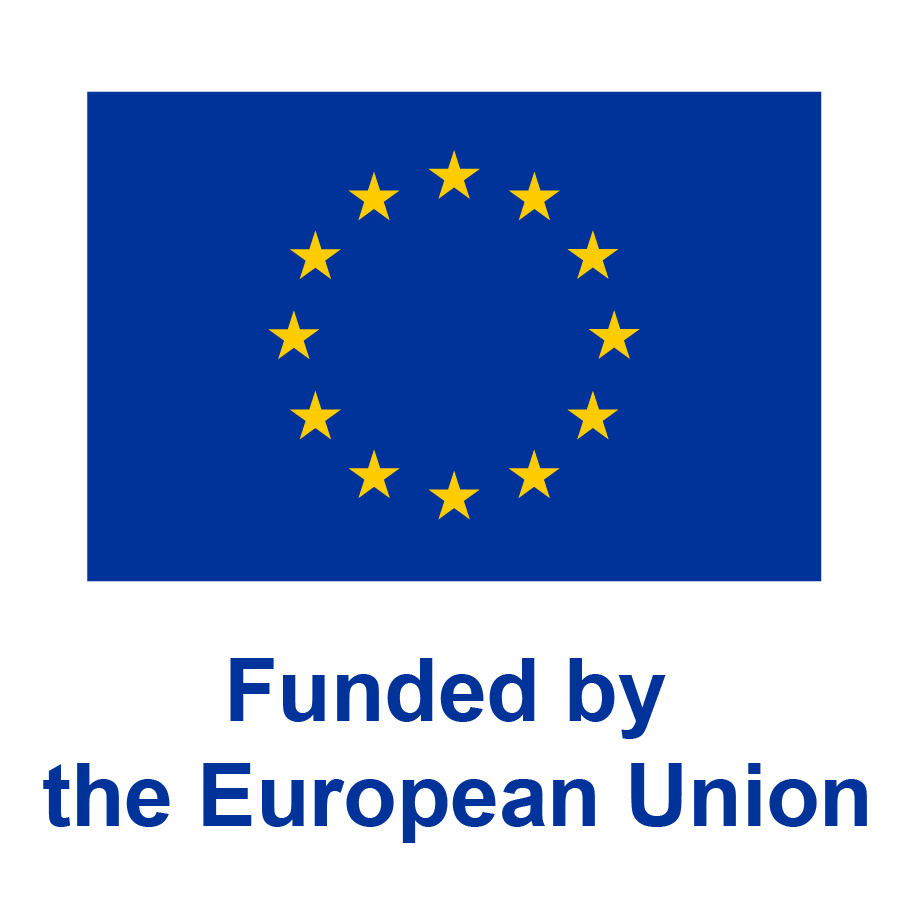
partners
Funding reference
Horizon-Grant-Agreement-No 101138813
Your contact person

55 Maximilian Bernds
+49 211 984-92-502
maximilian.bernds_at_bfi.de



